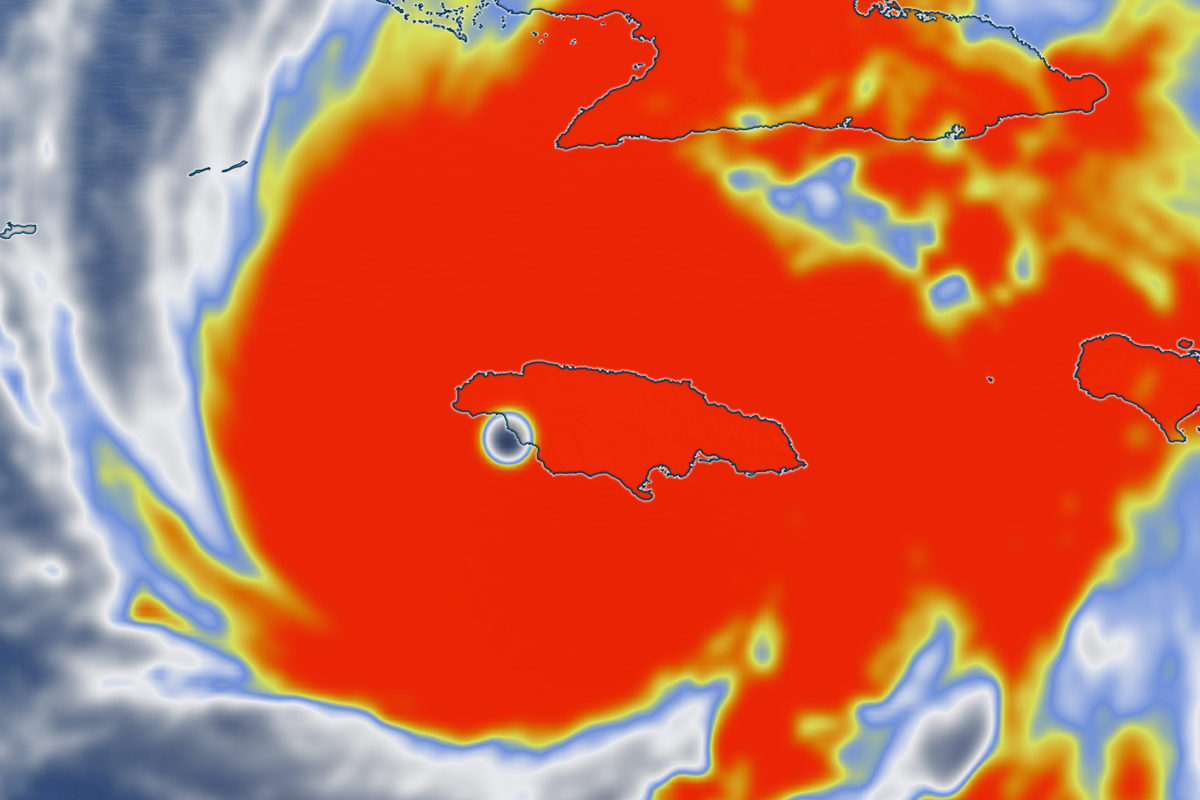Copyright Forbes

The largest fish in the sea is now serving as an unintended witness to one of humanity’s most pervasive crimes: pollution. A recent study examining sardines (Sardinella gibbosa) in Madagascar’s coastal waters has revealed that these small fish, which are key prey for whale sharks and a staple in local diets, are contaminated with worrying levels of industrial pollutants. What was once seen as a pristine feeding ground for whale sharks is now a mirror reflecting the global reach of chemical contamination. The research focused on the coastal waters off Nosy Be, where whale sharks gather between September and December to feast on baitfish like the aforementioned sardines. Unlike in other parts of the world where these gentle giants mainly consume zooplankton, in Madagascar they’ve been seen participating in feeding frenzies alongside tuna and seabirds, gulping down entire schools of sardines trapped near the surface. But it turns out this behavior, while fascinating to observe, may come with hidden consequences. When researchers analyzed sardine samples from the same waters, they found a cocktail of contaminants — most notably polychlorinated biphenyls (which will be referred to as “PCBs” for the remainder of this article), mercury, cadmium, and other trace elements — at levels high enough to pose potential health risks to whale sharks… and humans. (More on that in a second.) These pollutants, some of which were banned decades ago, have persisted in the environment, binding to fatty tissues and building up along the food chain. PCBs stood out as particularly concerning in this study, as 21 different PCB compounds were detected in the sardines, with concentrations reaching up to 113 nanograms per gram of dry weight. Many of these compounds have “dioxin-like” properties, meaning they can interfere with hormone systems and cause reproductive, developmental, and immune problems in wildlife. In humans, long-term exposure is linked to cancer and neurological disorders. The dominance of highly chlorinated PCBs in the samples suggests they’re not breaking down easily, which is bad news for any species that relies on these fish for food. DDT and its byproducts were also present in nearly all the samples. Though Madagascar stopped using DDT for disease control about twenty years ago, residues of its breakdown products (known as DDE and DDD) remain detectable and their persistence in the marine environment is a testament to how long these chemicals linger and how easily they can re-enter food webs through runoff and sediment disturbance. But perhaps the most worrying finding has involved mercury as more than half of the sardine samples contained mercury levels above the environmental quality limit set by European safety standards. Mercury is a potent neurotoxin that bioaccumulates as it moves up the food chain. For whale sharks, which may consume several kilograms of baitfish daily, the cumulative exposure could be significant. And for people? Well, the risks depend on diet, but even modest fish consumption can lead to elevated exposure over time. Whale sharks, already listed as endangered, face an array of human-induced threats (i.e., fishing bycatch, vessel strikes and habitat degradation). Pollution adds another, more insidious layer. Because of their long lifespan and filter-feeding habits, they act as living archives of ocean health. The toxins found in their prey reveal how widespread and entrenched chemical pollution has become across the marine food web, and are, of course, a detriment to the individual shark themselves. The implications for human health are equally pressing as Sardinella gibbosa is one of the most widely consumed fish species in the Indo-Pacific. The study found that concentrations of cadmium, lead, and nickel in Madagascar’s sardines exceeded international food safety limits in a notable portion of samples. Cadmium, for instance, was above acceptable thresholds in every fish analyzed. Eating a single meal of contaminated sardines is unlikely to cause immediate harm, but regular consumption can increase risks of kidney damage, cancer, and developmental effects. Many families depend on sardines as an affordable protein source, and fish markets thrive on their daily catch. MORE FOR YOU What’s truly striking is how the contamination profile of Madagascar’s sardines compares globally. Levels of PCBs and heavy metals here were generally higher than those reported in similar fish from Brazil, Senegal or Pakistan, which points to a broader environmental issue: the lack of wastewater treatment and mining runoff control in Madagascar’s coastal zones. Industrial waste, untreated sewage, and agricultural chemicals flow directly into the ocean, turning biodiverse habitats into reservoirs of pollution. For filter feeders in the area like whale sharks, that means every feeding season becomes a toxic gamble. Scientists estimate that a 6-meter (20-foot) whale shark needs to consume around 6 kilograms (13 pounds) of baitfish daily to meet its energy needs; based on the pollutant levels found, that translates to an intake of more than 100 micrograms of contaminants every day, far exceeding what would come from feeding on zooplankton alone. Over time, that kind of exposure could impact the sharks’ immune systems, reproduction, or even navigation abilities, though much remains to be studied. For coastal communities, the issue is personal because when pollutants enter the food web, they don’t discriminate between species. What poisons a whale shark can just as easily affect a child in Nosy Be. And while this seems like a local problem, it’s actually a global one. Persistent pollutants like PCBs and mercury are carried by wind and currents across continents, settling in remote corners of the ocean. Pollution respects none of the insivible boundaries we have drawn on a map, so the presence of these chemicals in Madagascar’s waters, thousands of kilometers from major industrial centers, is a stark reminder that no one is isolated from this issue. If there’s a silver lining, it’s a study like this one shows a clearer picture of where action is needed most. But if the largest fish in the ocean can’t escape our pollution, what hope is there for anything else? That answer lies in how seriously we take these warnings. The ocean is speaking through its giants. It’s up to us to listen.



